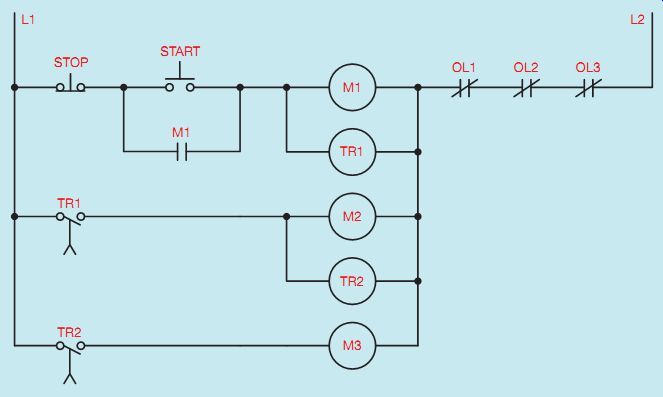Timer Relay
Uncover the importance of timer relays in motor controls. Explore how they contribute to enhancing efficiency, safety, and control across a wide range of applications. Immerse yourself in this comprehensive guide to gain a thorough understanding of their role and the numerous benefits they offer.

Introduction
In the world of motor controls, efficiency, and precision hold the utmost importance. A vital component that aids in achieving these objectives is the timer relay. Timer relays play a pivotal role in optimizing motor control systems, enhancing safety, and ensuring smooth operation.
This article will delve into the intricacies of timer relays, exploring their use, benefits, and practical applications within the realm of motor controls.
The Basics of Timer Relays
Timer relays, also known as time-delay relays, serve as important electrical devices in controlling the timing of a connected circuit. They introduce a delay before initiating or terminating the electrical process, making them vital components in motor control systems.
Key Features of Timer Relays
- Adjustable Time Settings: Timer relays allow users to set precise time intervals, enabling control over various functions.
- Delay-On and Delay-Off Modes: They offer flexibility by supporting both delay-on and delay-off operations.
- Reliable Timing: Timer relays are known for their accuracy, ensuring that processes occur precisely when required.
- Diverse Applications: They find use in an array of applications, from industrial machinery to home appliances.
Timer relays serve several crucial functions in motor control systems:
1. Delayed Start
Timer relays in motor controls have a primary purpose - to enable a delayed start. In situations where it's necessary for a motor to experience a brief delay before activation, these timer relays prove invaluable. This delay plays a crucial role in allowing other companies to stabilize or ensure safety measures are met.
2. Control of Time-Critical Operations
Timer relays ensure accurate operations for specific durations in various applications. For instance, conveyor systems, they can effectively control the duration of product exposure to a particular process.
3. Safety Measures
Timer relays play a crucial role in enhancing safety in motor control systems. They are utilized to introduce a time delay before shutting down a motor in the event of an emergency or fault detection. This delay creates a critical window for implementing necessary corrective actions.
4. Preventing Motor Overloads
Motor overloads can cause damage and result in downtime. To prevent overheating and extend the motor's lifespan, one effective solution is the use of timer relays. These relays enable the implementation of cooldown periods between motor cycles. By allowing sufficient time for cooling down, the risk of overheating is minimized, which ultimately improves both the
5. Sequential Control
In complex motor control systems, where numerous operations need to occur sequentially, timer relays play a crucial role in coordinating the timing of these actions. This coordination ensures seamless alignment between each step in the process and the subsequent one.
FAQs
How do timer relays enhance motor control efficiency?
Timer relays improve motor control by introducing precise time delays, preventing overloads, and facilitating sequential operations. This ultimately enhances efficiency in the system.
Timer relays find versatile applications and are utilized in various settings, ranging from industrial machinery to household appliances.
Are timer relays easy to install?
Installing timer relays typically requires some basic electrical knowledge. However, it is advisable to seek the assistance of a professional for more complex installations to ensure safety and accuracy.
What is the lifespan of a typical timer relay?
The lifespan of a timer relay is influenced by usage, quality, and environmental conditions. When considering these factors, it becomes evident that high-quality relays can endure for many years when properly maintained.
Can timer relays be used for single-phase and three-phase motors?
Timer relays are versatile devices that can be used with both single-phase and three-phase motors, offering a wide range of motor control applications. This compatibility ensures their suitability in various scenarios.
Are there any alternatives to timer relays for motor control?
PLCs are often considered as alternatives, but for many motor control applications, timer relays remain a cost-effective and reliable choice.
Conclusion
Timer relays, often overlooked and underappreciated, play a crucial role in motor control systems. They diligently ensure precise timing, bolster safety measures, and optimize overall efficiency. With their versatility and unwavering reliability, these unsung heroes prove invaluable across multiple industries.
Whether you're operating heavy industrial machinery or seeking to enhance the performance of everyday household appliances, timer relays serve as a vital component for seamless operations and peace of mind.
You Might Also Like: what is an ethernet cable








